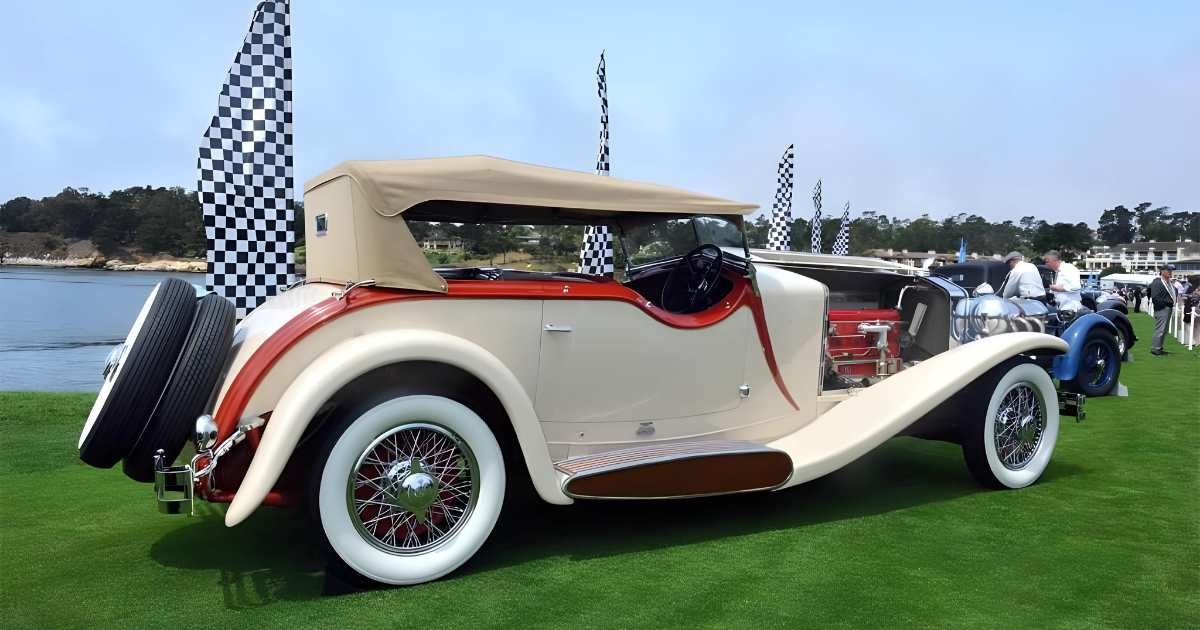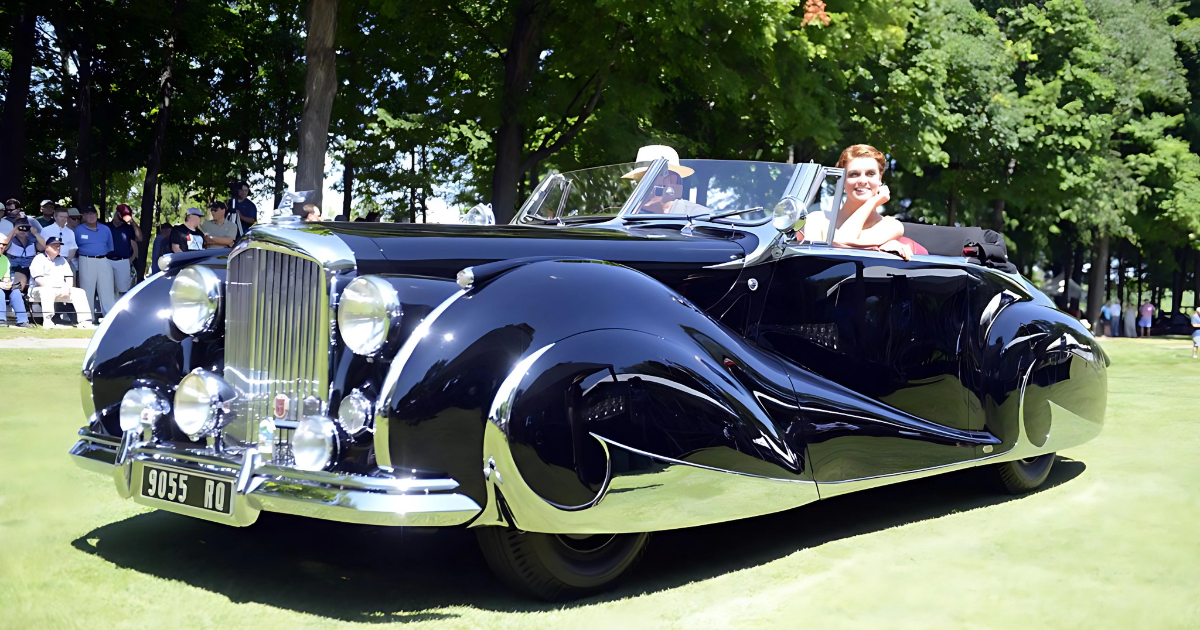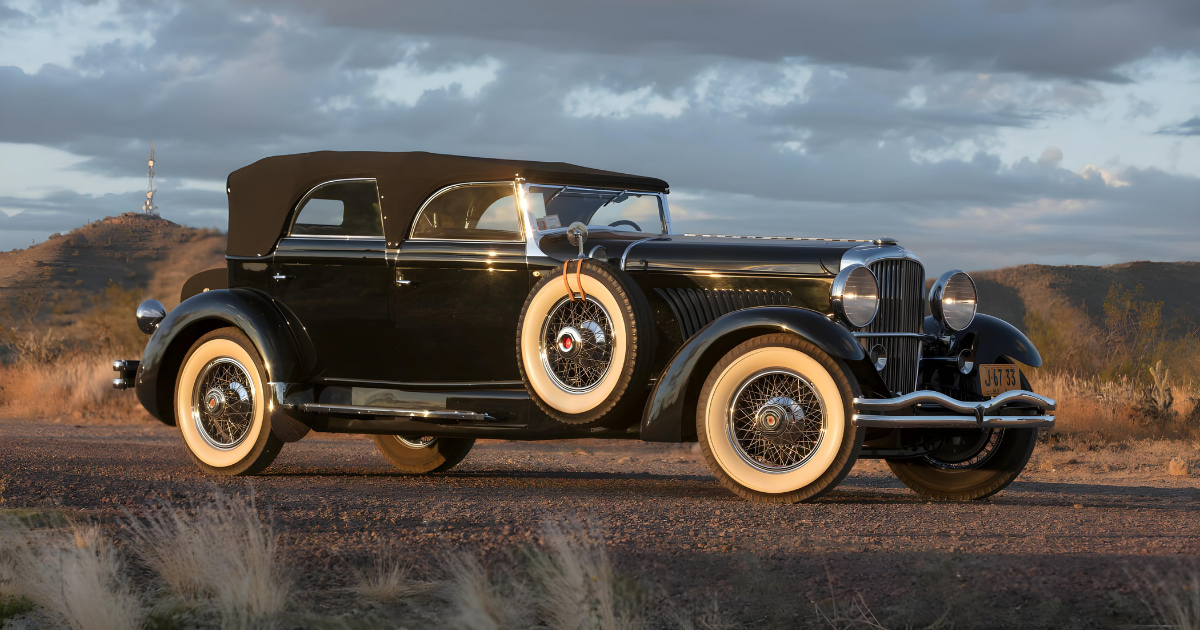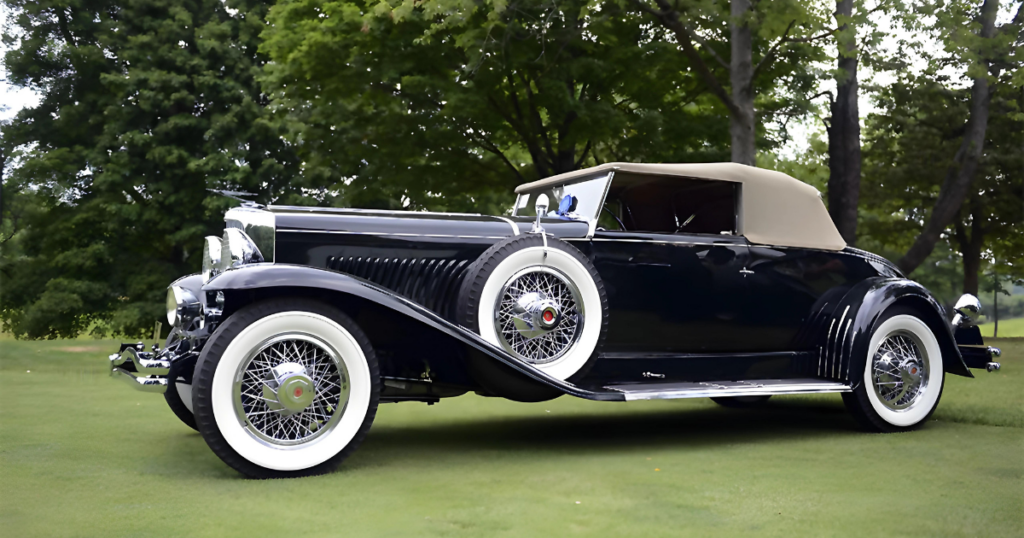
The Duesenberg Model J stands as a pinnacle of American automotive history, embodying a blend of engineering excellence, luxury, and bespoke craftsmanship. Enthusiasts and historians alike recognize the remarkable achievements of the Duesenberg brothers, Fred and August, whose vision was to create an automobile that could rival the finest European luxury cars. While their business model may not have been sustainable in the long run, their legacy endures through the exceptional vehicles they produced.
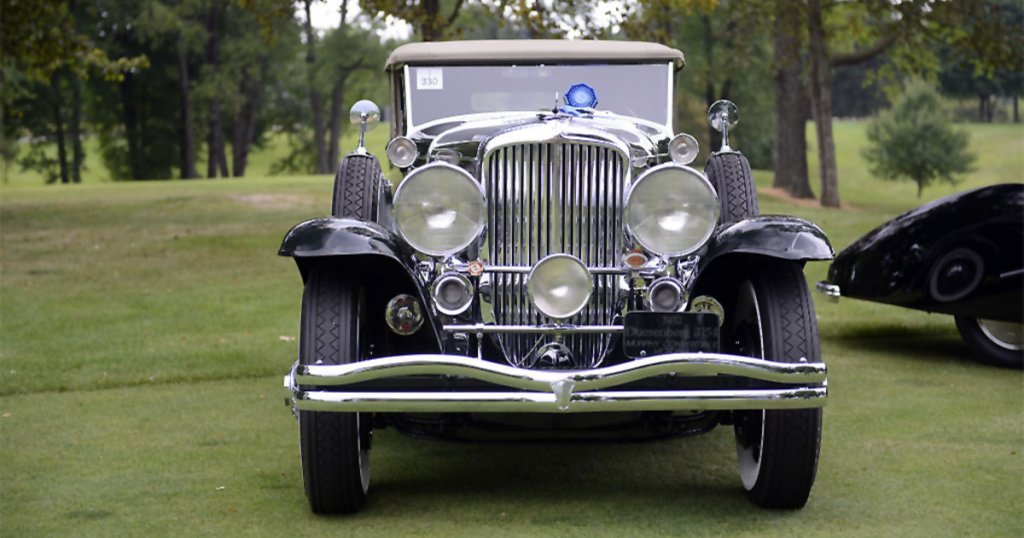
The Duesenberg Model J, introduced in 1928, was an engineering marvel. Its engine, a 420 cubic inch straight-eight, produced 265 horsepower and a staggering 374 foot-pounds of torque at just 2,000 RPM. This immense power enabled the Model J to achieve speeds in excess of 110 miles per hour, making it one of the fastest cars of its time. The robust and sophisticated engine design contributed to the Model J’s reputation for reliability and performance, a hallmark of the Duesenberg brand.
The Model J’s chassis provided a versatile platform for custom coachbuilders, who crafted unique and luxurious bodies tailored to the preferences of their affluent clientele. One of the most renowned coachbuilders associated with Duesenberg was the Walter M. Murphy Body Company, based in Pasadena, California. Murphy’s designs were celebrated for their simplicity, refined elegance, and impeccable craftsmanship. They produced a significant number of bodies for the Model J and SJ chassis, each one a testament to the artistry and innovation of the era.

The 1932 Duesenberg Model J discussed here features Convertible Victoria coachwork by Murphy, a popular and highly esteemed choice among Duesenberg owners. This specific vehicle initially sported a 4-Passenger Convertible Coupe body, also crafted by Murphy. The original owner, Thomas Dickinson of Chicago, later traded this car for another Duesenberg, J-498X, demonstrating the loyalty and passion that Duesenberg owners often had for the brand.
Duesenberg’s production philosophy was unique: the cars were delivered as rolling chassis, and the buyers then selected a coachbuilder to complete the bodywork. This approach allowed for a high degree of customization, ensuring that no two Model Js were exactly alike. Buyers could also opt for limited production series with superb in-house bodies designed by Gordon Buehrig, adding to the exclusivity and prestige of owning a Duesenberg.

The cost of a Duesenberg Model J was astronomical for the time, often reaching $20,000 depending on the chosen coachwork. To put this into perspective, a new home could be purchased for under $10,000, and a typical family car cost around $500. This extraordinary price tag underscored the Model J’s status as the most outstanding prestige motor car of its day, accessible only to the wealthiest individuals.
Despite its excellence, the financial sustainability of Duesenberg’s operations was problematic. Production costs exceeded total sales, exclusive of overhead and administrative expenses. Nonetheless, the Duesenberg brothers’ mission was clear: to produce a custom-built luxury car of marked distinction, unmatched by any other American marque. In this, they succeeded magnificently.
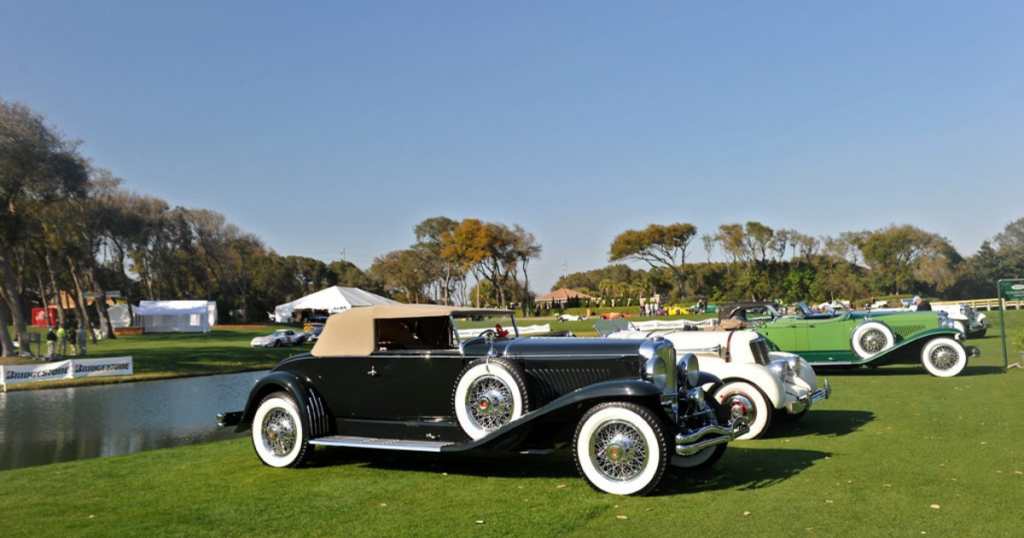
Production of the Model J continued until 1937, when the company ultimately closed its doors. Only 481 examples were produced, each one a unique masterpiece. The Duesenberg Model J remains a symbol of automotive artistry and innovation, revered by collectors and enthusiasts around the world.
Today, the surviving Model Js, including this 1932 Convertible Victoria, are cherished as timeless classics. They are celebrated not only for their beauty and performance but also for their historical significance and the enduring legacy of the Duesenberg brothers. The Model J’s combination of power, elegance, and exclusivity ensures its place as a true icon in the annals of automotive history.


